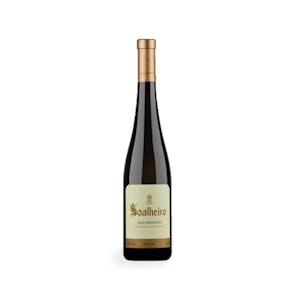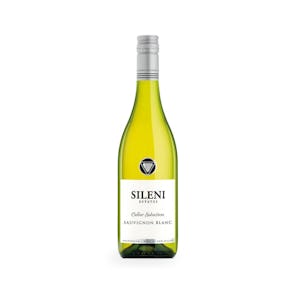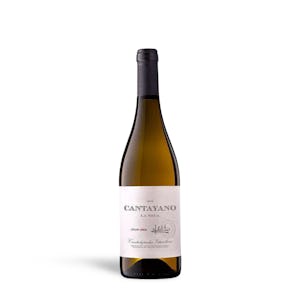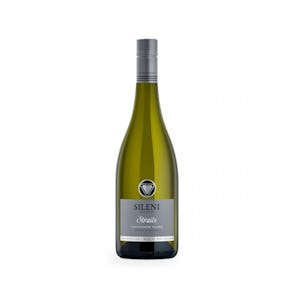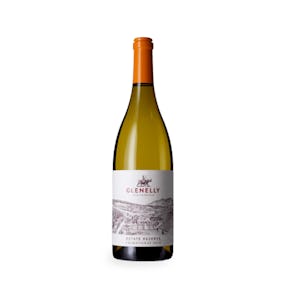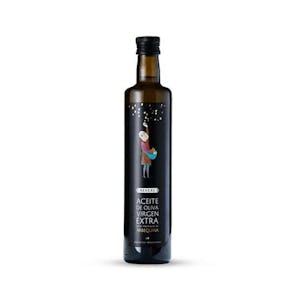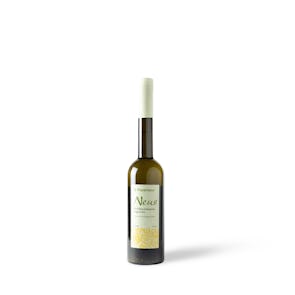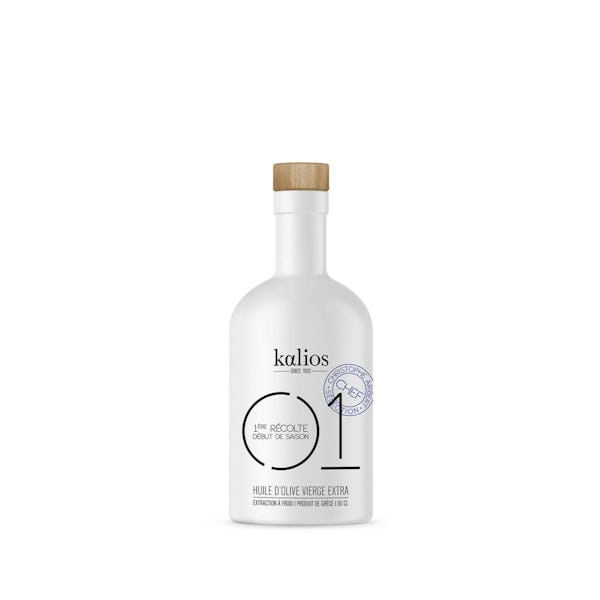



TASTING NOTES FROM THE CURATOR
Fruitiness in olive oils can be distinguished in three groups: green fruity, ripe fruity, and black fruity. Each vintage from Kalios is carefully chosen for different pairings and methods of use for a unique dining experience every time.
- 01 – Harvested at the start of the season in November, this vintage is a favorite of Michelin-star Chef Christophe Aribert of the Grand Hotel Les Terrasses in Uriage-les-Bains, France. It is a green fruity olive oil, with intense aromas and vegetal notes of fresh hazelnut, cut grass, and tomato leaf, all ending in lovely peppery notes on the palate.
- 02 – This vintage comes from the mid-season (December) harvest of green and ripe violet olives. It is markedly gentle, possessing a wonderful body with botanical notes of fresh grass, tomato leaf, cut hay, and a hint of hazelnut. It’s a favorite of Michelin-star chef Éric Guérin of La Mare aux Oiseaux in Saint-Joachim, France.
-
03 – At the end of the harvest season in January, the olives for this ripe fruity oil are selected from the trees, at the time when they are deepest violet. It light on the palate, with amazing finesse. French chef Amandine Chaignot of the Rosewood Hotel in London particularly loves it for its almond notes.
<br>
PREPARATION
Each vintage is best used with different kinds of food. Vintage 01 is meant for your fresh greens, from salads to steamed vegetables, and for drizzling over cold appetizers. Vintage 02 is wonderful for tossing fresh pastas, from cream to tomato to pure oil-based versions. Vintage 03 is ideal for your sautéed vegetables and grilled white fish, and for stirring into homemade mash. Why not experiment with the cuisine from the Peloponnese? Dishes there are abundant in pork, fish, and lamb. Olive oil features heavily in their grills and marinades, whether with simple aromatics like dill and fennel, or used as the base of tomato sauces.
EVOO GOING GREEK
The Greeks have been making olive oil for 50 or 60,000 years. About 60 percent of their cultivated land grows olives, and about 70 to 80 percent of their olive oil is considered extra virgin. They are the world’s third largest exporter and possibly its top consumer. This is because olive oil is ingrained deep in their culture. They consider it part of a healthy daily diet, and so ensure that their products always have low acidity levels. The Greeks even have separate types of olives for snacking and for making their olive oil. Koroneiki is by far the most robust for this latter purpose and the least demanding in terms of growing needs.
Storage Instructions
Olive oil should be stored in a cool, dry, dark cupboard, away from the heat and light. Choose a spot in the kitchen that’s away from the oven. The best temperature for storing oil is from 13 to 21°C.


